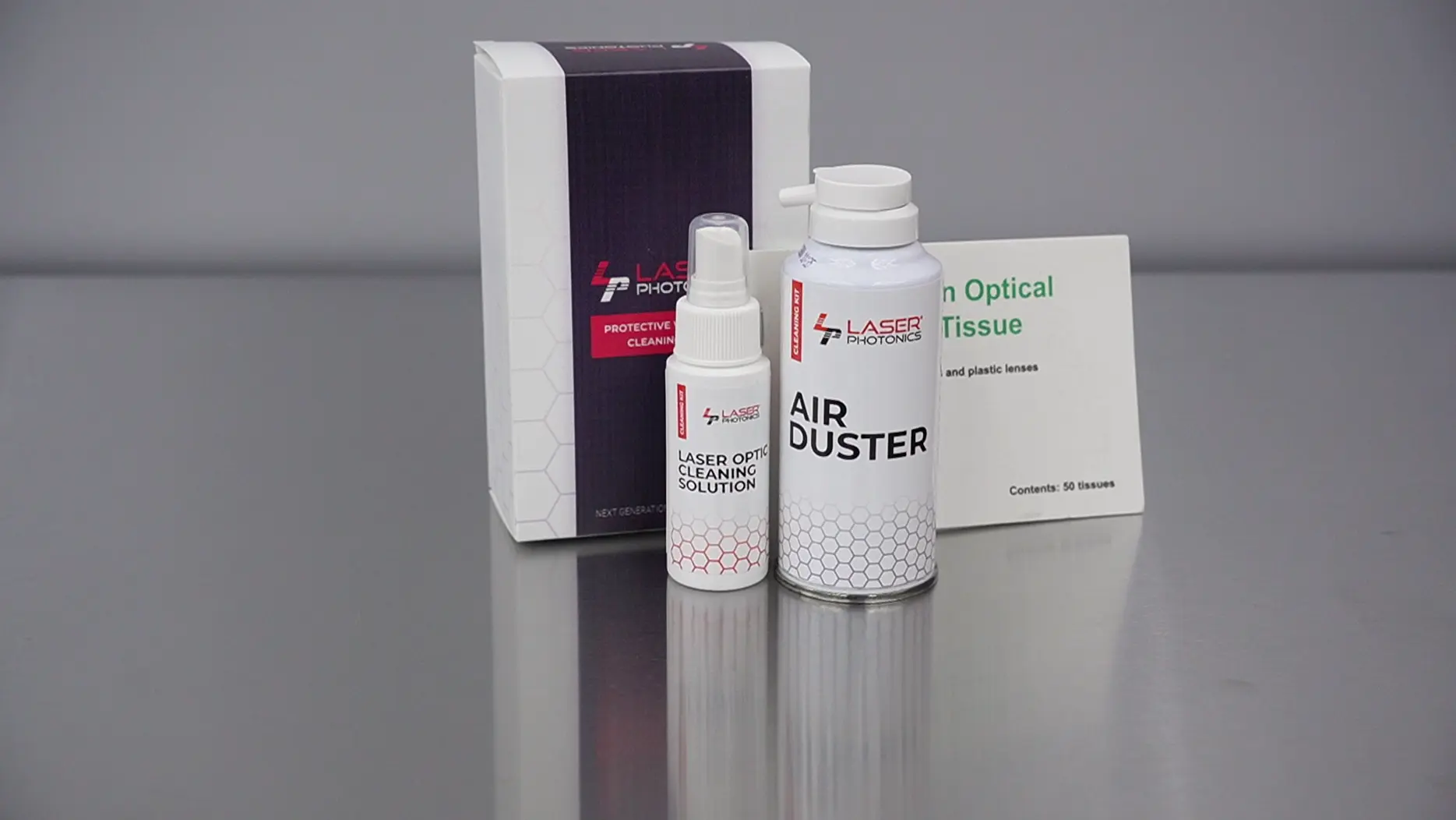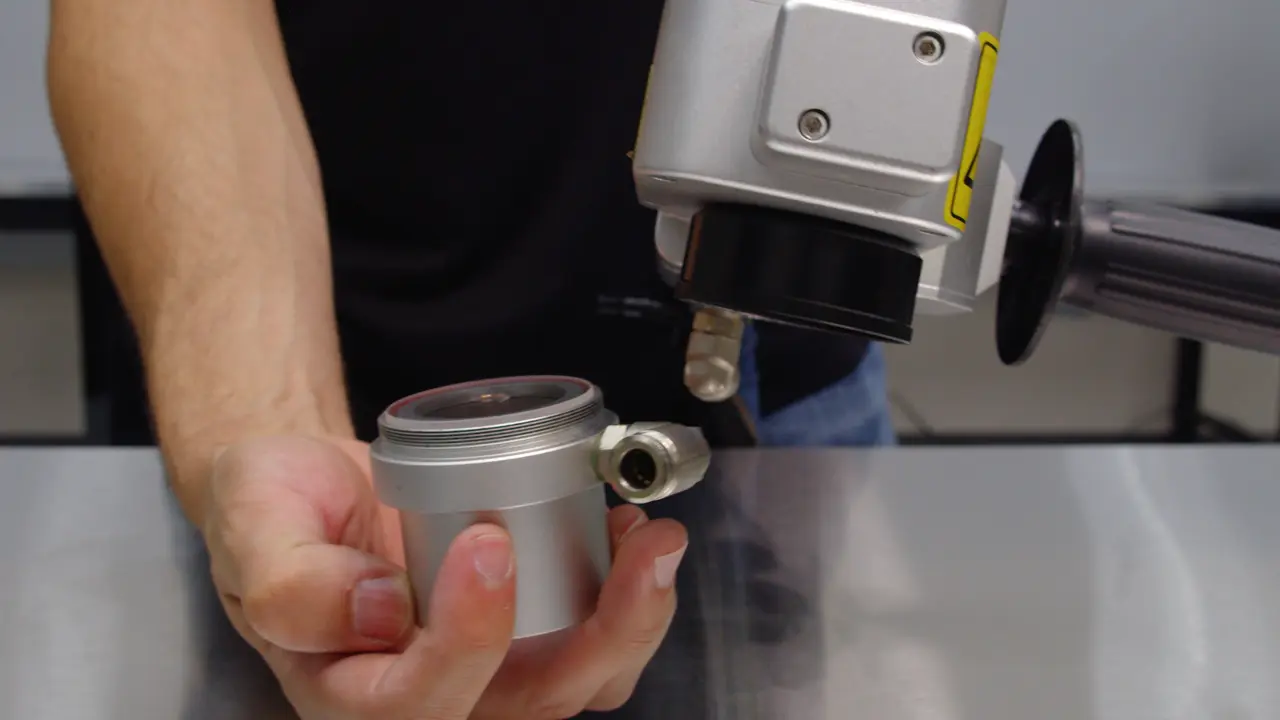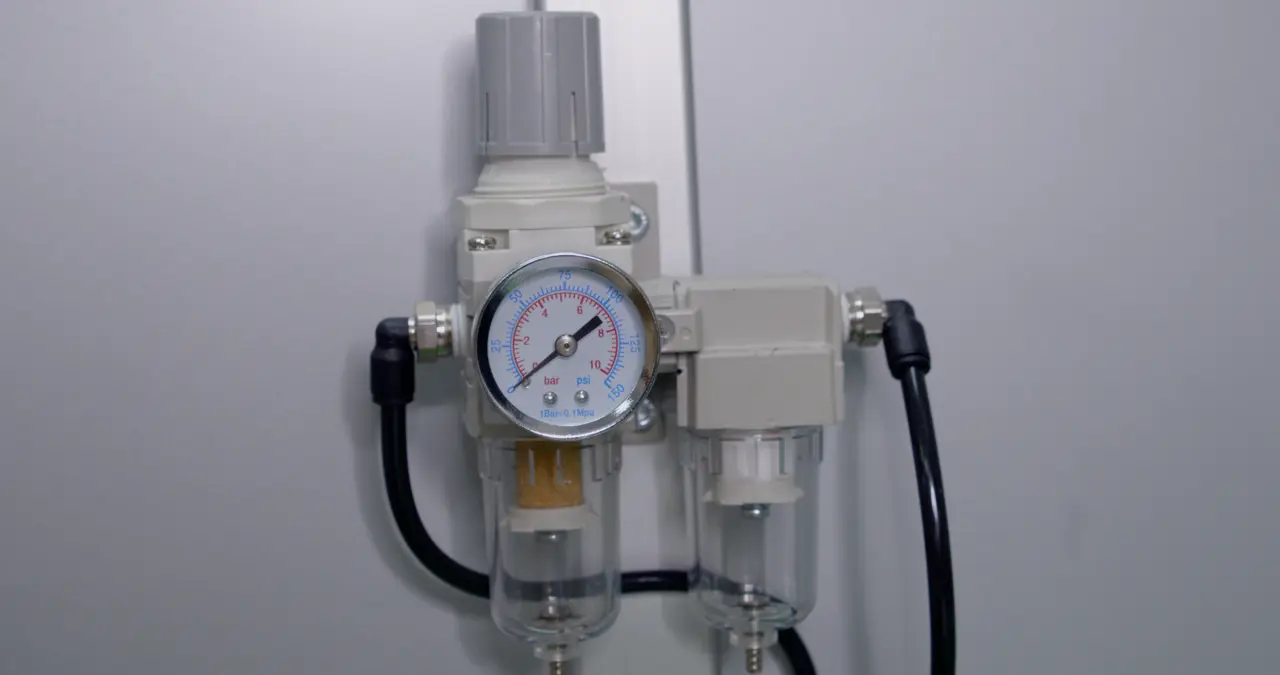Spoiler: It’s Easy… & VERY Important
In the world of laser technology, the line between peak performance and costly downtime is often as fine as the lasers themselves. While laser systems from Laser Photonics require minimal upkeep, it’s essential that you, our dear customer and a lucky user of this innovative tool, follow a few practices for its long-term optimal performance. Here are some key points that will help you safeguard your investment: keep it closed, keep it clean, and keep it cool.
Don’t Open It
The laser system should remain in its original, sealed condition so that its performance isn’t compromised. Disassembling the casing exposes the system’s internal components to possible contamination and environmental factors like dust and moisture. The delicate lenses inside, which ensure proper laser focusing, are especially sensitive to the oil on your fingers and easily retain your fingerprints.
At the Laser Photonics facility, our team performs assembly and maintenance of laser systems in a controlled environment to minimize the risk of contamination. So, leave it to our professionals to inspect and repair your system should something go wrong.
In addition, breaking the seals nullifies your warranty with Laser Photonics.
Clean the Protective Glass
The laser source contains an optical fiber where laser radiation forms. The laser beam travels from the resonator through a fiber to the scanhead, where it’s deflected with mirrors moved by galvo motors. Lastly, the laser beam exits the system through the focusing lens and the protective glass.
This protective glass should be exceptionally clear for the laser’s utmost effectiveness. Dirt on the protective glass can scatter or absorb the laser beam, adversely affecting the ablation process and ultimately damaging the system as it gets heated by the trapped photons. Laser Photonics’ laser cleaning systems are operated strictly with a powered-on air compressor that expels air from the laser head to prevent dirt particles from firing back onto the glass. However, certain tasks still lead to some degree of contamination.
Before powering up the laser, inspect the protective glass for any signs of dirt and wipe it gently with a lint-free cloth or a lens cleaning wipe. If the task involves the vaporization of highly sticky residue, inspect and wipe the protective glass repeatedly during the process – shutting down the system completely every time. To clean off sticky residue, add a drop of acetone or cleaning alcohol to the wipe.
An indication that the protective glass is contaminated and needs cleaning is the decline of the laser’s performance. If you notice that the laser beam has lost some effectiveness, be sure to shut down the system and wipe off any contaminants.

While operating, keep the laser head at a focus distance, no less than 1 foot away from the processed surface.
If the protective glass is not cleaned in a timely manner, it can lead to costly repairs, as the dirty lens can explode and damage internal parts of the machine. Should cleaning fail and the protective glass remains corrupted, it should be replaced.
Replace the Protective Glass

Ensure you are in a setting with minimal dust and low humidity and have your replacement glass nearby. Laser Photonics provides a set of these protective glasses with your purchase. Affix the laser gun onto its docking station on the laser system, with the nozzle facing down. Disconnect the air hose to free the nozzle.
Next, unscrew the metallic nozzle from the black optical element. The protective glass inside the nozzle will thus become unattached and may fall if the nozzle is tilted. To carefully remove the glass, you may use a needle-like instrument to lift its side from the rubber gasket – or push it up from its place with a lint-free paper towel.
Remove the new protective glass from sterile packaging by its edges and place it in the same position, on top of the gasket. If any dust gets onto the glass or the optical element in the process, use compressed air duster to remove it. Screw the nozzle back into the optical element and re-connect the air hose.
Remove Moisture From the Air Unit
Air delivered from the air compressor should be clean and dry. If you see water collecting in the air unit’s water separators, release it through the drain valves.

Fill the Water Chiller
Our high-power lasers are equipped with a water chiller that must be filled with distilled water before operation. The water flow rate in the chiller is set according to the power output of the laser. For example, a 1500-watt laser requires a water flow of 25 liters per minute. Chiller cooling and pumping parameters are set according to your laser requirements.
Adding antifreeze to the water in the chiller is recommended when operating or storing the system in a cold environment.
The water in the system must be changed monthly and drained during extended downtime. Refrain from powering on the water chiller when empty.
Your Safety First
Lastly, always remember: in the vicinity of an active laser, it is critical that you wear safety goggles that protect your eyes from light emitted over the source’s full range of wavelengths. Laser Photonics’ laser cleaning systems emit light in the infrared part of the spectrum, at or near the wavelength of 1064 nanometers (nm). For this type of laser, safety eyewear should have the optical density (OD) of 5 or higher and provide peripheral vision protection.
It is also recommended to minimize skin exposure to reflected laser light, especially for individuals with photosensitivity.
Enjoy Long-Term Reliability
As Laser Photonics always says – the care we give our equipment ensures its long-term performance and reliability. You may have heard this from our personnel as you decided to purchase one of our laser systems to care for the equipment that is valuable to you. Well, your diligence in handling the laser system is also essential for its optimal performance for years to come.
By adhering to the safety protocols and proper operating requirements, you reduce the downtime needed for repair and safeguard your workstation and the individuals nearby. Laser Photonics is proud to serve you and is committed to providing the best lasing experience possible with its advanced and dependable mobile laser cleaning systems.
Speak to a Laser Specialist